Altitude sickness can be a significant concern for trekkers venturing into the breathtaking Himalayan Mountains of Nepal. With its towering peaks and challenging terrains, Nepal attracts adventurers from around the world. However, the higher altitudes pose risks that should not be taken lightly. In this comprehensive guide, we will explore the causes and symptoms of altitude sickness and provide practical tips on how to prevent and manage it while trekking in Nepal.
Understanding Altitude Sickness
Altitude sickness, also known as acute mountain sickness (AMS), occurs when individuals ascend to higher altitudes without allowing their bodies enough time to acclimatize to the reduced oxygen levels. The severity of AMS can vary from mild symptoms, such as headaches and fatigue, to more severe conditions like High Altitude Pulmonary Edema (HAPE) and High Altitude Cerebral Edema (HACE), which can be life-threatening.
Symptoms of Altitude Sickness
Symptoms of altitude sickness may include:
- Headaches
- Fatigue
- Lack of appetite
- Nausea
- Insomnia
- Dizziness
- General malaise
It is important to recognize these symptoms and take appropriate action to prevent further complications.
Factors Contributing to Altitude Sickness
Several factors can increase the risk of developing altitude sickness:
- Rapid ascent: Ascending to higher altitudes too quickly does not allow the body enough time to adjust and acclimatize.
- Individual susceptibility: Some individuals may be more prone to altitude sickness due to their genetic makeup or previous experiences at high altitudes.
- Altitude reached: The likelihood of experiencing altitude sickness increases significantly above 3,000 meters (10,000 feet).
- Lack of hydration: Dehydration can exacerbate the symptoms of altitude sickness, making it crucial to stay properly hydrated.
- Physical exertion: Pushing the body too hard while trekking can strain the cardiovascular system, increasing the risk of altitude sickness.
Preparing for a Safe Trek
Before embarking on your trek in Nepal, it is essential to prepare yourself physically and mentally for the challenges ahead. Here are some key steps to take:
Physical Fitness
Maintaining a good level of physical fitness before your trek can help minimize the risk of altitude sickness. Incorporate cardiovascular exercises, such as hiking, cycling, or jogging, into your routine to improve your stamina and endurance. Additionally, engage in strength training exercises to build your muscle strength and overall fitness.
Gradual Acclimatization
One of the most effective ways to prevent altitude sickness is through gradual acclimatization. Allow your body time to adjust to the changing altitude by planning your itinerary with rest days and gradual ascent. Ascending more than 500 meters (1,600 feet) per day is generally not recommended, especially once you surpass 2,750 meters (9,000 feet).
Hydration
Staying hydrated is crucial at high altitudes. Aim to drink 2-3 liters of water per day, even if you don’t feel thirsty. Dehydration can worsen altitude sickness symptoms and hinder your body’s ability to acclimatize. Monitor the color of your urine – clear urine indicates good hydration.
Diet and Nutrition
Maintaining a balanced diet during your trek is important for your overall well-being and energy levels. Consume a variety of nutrient-dense foods, focusing on carbohydrates for sustained energy. While trekking in Nepal, you might come across a popular snack among trekkers – the Snickers bar. Though high in sugar, it provides a quick boost of energy due to its mixture of nuts and chocolate. However, moderation is key.
Medications for Altitude Sickness
Consulting a medical professional before your trek is essential, especially if you have a history of altitude sickness or any underlying health conditions. They may prescribe medications such as Diamox (acetazolamide) to help prevent altitude sickness or alleviate its symptoms. Ibuprofen can be used to treat headaches caused by altitude sickness. Always follow your doctor’s instructions and take the prescribed medications as directed.
Avoid Alcohol and Smoking
Alcohol and smoking can have detrimental effects on your body’s ability to acclimatize to high altitudes. These substances can further dehydrate you and impair your judgment, making it harder to recognize the symptoms of altitude sickness. It is best to avoid alcohol and smoking during your trek.
Managing Altitude Sickness on the Trail
Even with careful preparation, altitude sickness can still occur. It is crucial to monitor your body and be aware of any signs of AMS. If you experience symptoms, take the following steps:
Rest and Descend if Necessary
If you begin experiencing symptoms of altitude sickness, it is important to rest and allow your body time to acclimatize. If the symptoms persist or worsen, descending to a lower altitude is necessary. Descending at least 300 meters (1,000 feet) can significantly alleviate symptoms and prevent further complications.
Communication with Your Trekking Group
Open communication with your trekking group, including your guide and fellow trekkers, is essential. Inform them about any symptoms you may be experiencing, as they can provide support and guidance. Experienced guides are trained to recognize the signs of altitude sickness and will advise you on the best course of action.
Oxygen Supplements
In severe cases of altitude sickness, supplemental oxygen may be required. Oxygen can help alleviate symptoms and provide relief while descending to a lower altitude. Trekking agencies and guides often carry oxygen cylinders for emergency situations.
Emergency Evacuation
In rare cases where altitude sickness becomes life-threatening, emergency evacuation may be necessary. Trekking agencies and guides have protocols in place for such situations and will ensure your safety and prompt medical attention.
Plan your Trek on Best Time
Choosing the right time to trek in Nepal can significantly impact your experience and minimize the risk of altitude sickness. The two major trekking seasons are from March to May and from October to November. These months provide favorable weather conditions and clearer views of the stunning landscapes. Avoid trekking during the monsoon season (June to September) as heavy rainfall can make trekking more challenging, and the risk of landslides increases. Similarly, trekking during the colder months (December to February) can pose additional risks due to freezing temperatures at higher altitudes.
Conclusion
Choosing the correct curative measures before trekking is paramount to tackle altitude sickness. Also, make sure you choose the right trekking agency so that professional preventive measures can be taken in case of any issues pertaining to altitude sickness while trekking in Nepal.

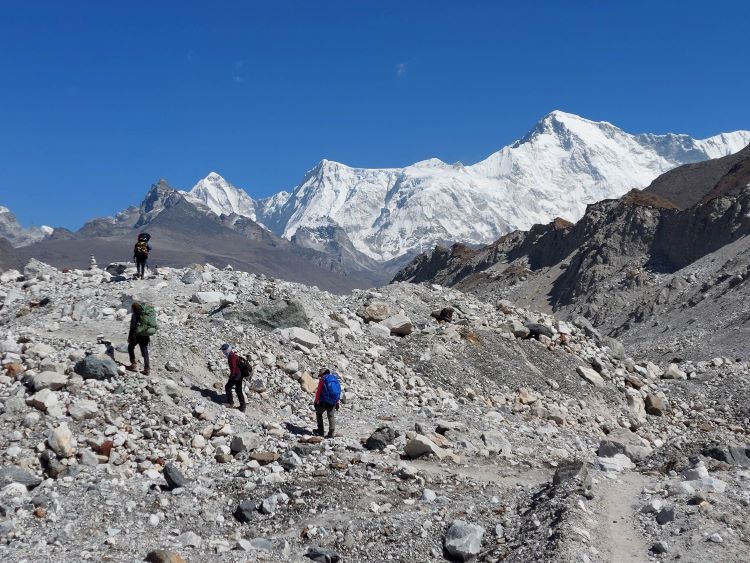
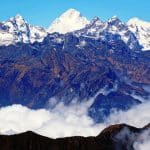 Sunday, July 21st, 2024
Sunday, July 21st, 2024
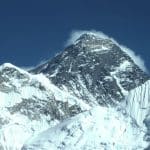 Thursday, June 27th, 2024
Thursday, June 27th, 2024
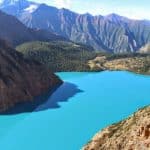 Wednesday, June 26th, 2024
Wednesday, June 26th, 2024
 Wednesday, June 12th, 2024
Wednesday, June 12th, 2024
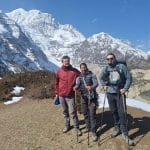 Monday, June 10th, 2024
Monday, June 10th, 2024
 Monday, June 10th, 2024
Monday, June 10th, 2024
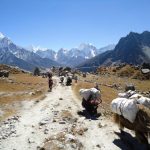 Wednesday, March 27th, 2024
Wednesday, March 27th, 2024
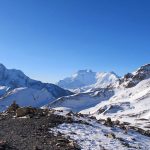 Friday, March 22nd, 2024
Friday, March 22nd, 2024
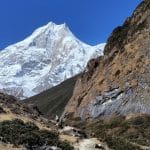 Sunday, February 4th, 2024
Sunday, February 4th, 2024
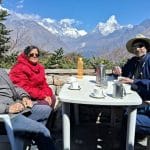 Monday, April 22nd, 2024
Monday, April 22nd, 2024
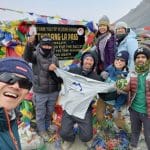 Thursday, May 9th, 2024
Thursday, May 9th, 2024
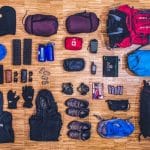 Wednesday, March 6th, 2024
Wednesday, March 6th, 2024
